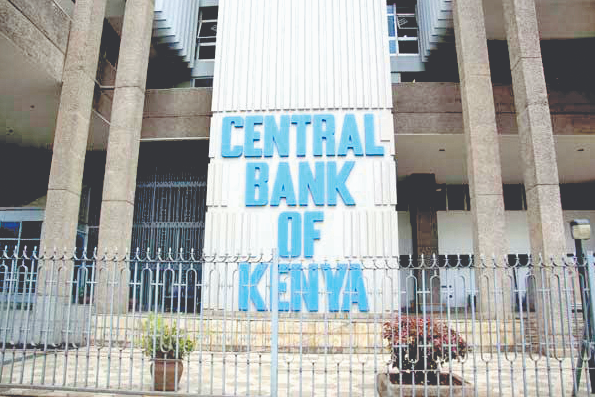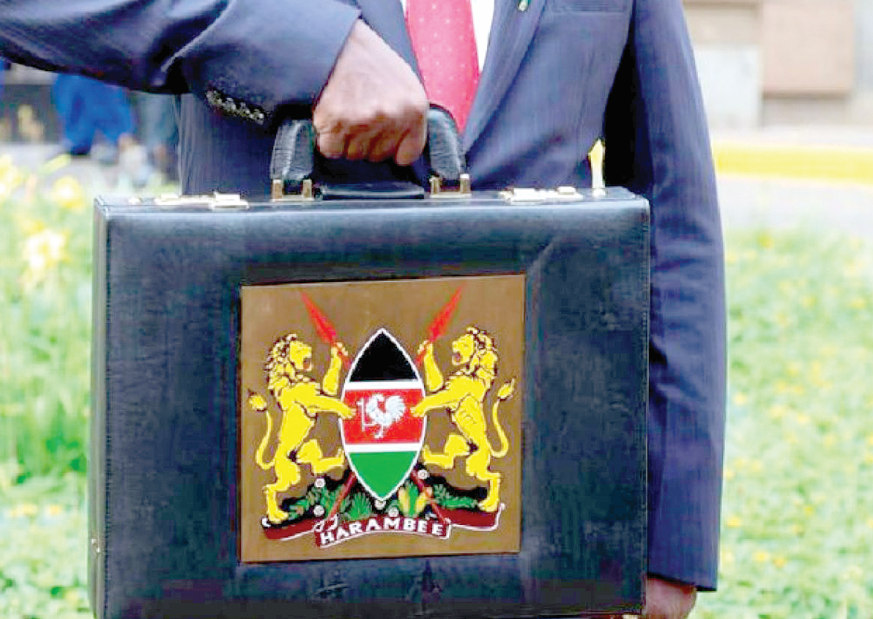Borrowers can expect cheaper loans as banks begin to cut interest rates

Following the Central Bank of Kenya’s (CBK) latest move to cut its base rate by 75 basis points to 10 per cent, commercial banks are responding by lowering their lending rates in line with the regulator’s directive to support private sector growth.
The CBK’s decision marked the fifth consecutive reduction since August last year, when the rate stood at 12.75 per cent. The cumulative cut now stands at 2.75 per cent.
These adjustments aim to push commercial banks to offer more affordable credit in a high-cost environment that continues to strain borrowers. KCB Bank was among the first to act, reducing its lending rate from 14.6 per cent in February to 13.85 per cent.
This new rate took effect on April 11 for new loan facilities and will apply to existing ones starting May 11, with adjustments made based on each customer’s specific risk profile. KCB’s latest rate cut represents a 2.99 per cent reduction from a previous high of 16.84 per cent.
The bank clarified that the new rate only applies to Kenya Shilling-denominated facilities and excludes fixed-rate credit products. Affordable credit It continues to implement the Risk-Based Credit Pricing Model (RBCPM), which tailors lending rates to customer creditworthiness, providing more targeted access to affordable credit.
Shortly after KCB’s move, NCBA Bank announced a 1 per cent reduction in its base lending rate, dropping from 15.34 percent to 14.34 per cent. Effective May 1 for variable-rate loans and immediately for new facilities, the change excludes fixed-rate loans.
NCBA stated that this adjustment aligns with its mission to ease the cost of borrowing for customers following CBK’s directive. CBK Governor Kamau Thugge recently disclosed that 13 of the country’s 38 commercial banks had already been inspected to assess compliance with the revised guidelines. The remaining 25 banks are expected to undergo similar reviews by the end of June.
He added that the CBK would engage bank boards where inspections are complete to determine appropriate actions, including potential penalties for noncompliance. The regulator had earlier announced its intent to conduct on-site inspections during its February 5 Monetary Policy Committee (MPC) meeting, citing banks’ slow pace in aligning with the Risk-Based Credit Pricing Model.
Amendments to the Banking Act now empower the CBK to penalise banks that fail to pass on the benefits of reduced funding costs to consumers. Despite the downward revisions, stakeholders maintain that rates remain relatively high. The Kenya Bankers Association noted that since November last year, lending rates have only declined by an average of 3 per cent.
The association is now advocating for a unified and transparent framework to ensure consistent application of CBK directives across all banks, noting that disparities in CBK’s models have led to varying outcomes across institutions.













